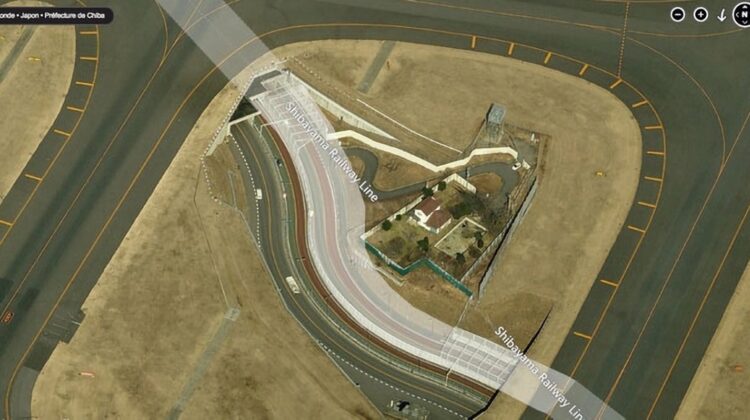
Living between between taxiways and a runway.

Narita International Airport, located in the city of Narita, Chiba Prefecture, Japan, is one of the busiest airports in the country. It serves as the main international gateway for Tokyo and handles a large number of passengers and cargo every year. However, amidst the hustle and bustle of this vibrant place, there is an unexpected sight – a farm in the middle of the airport.
The presence of a producing farm right between the taxiways is not due to a design flaw in the airport or the natural features of the area though. Rather, it is there because the farmer who owns it refused to relocate when the airport was constructed, resulting in prolonged conflicts.
Despite the objections of the locals, including the Communist and Social Democratic parties, who were united under the Sanrizuka Struggle movement, Toyko Narita airport was constructed over the lands of former farming villages. Although the land was initially acquired from willing landowners, the Japanese government started to expropriate properties by 1971.
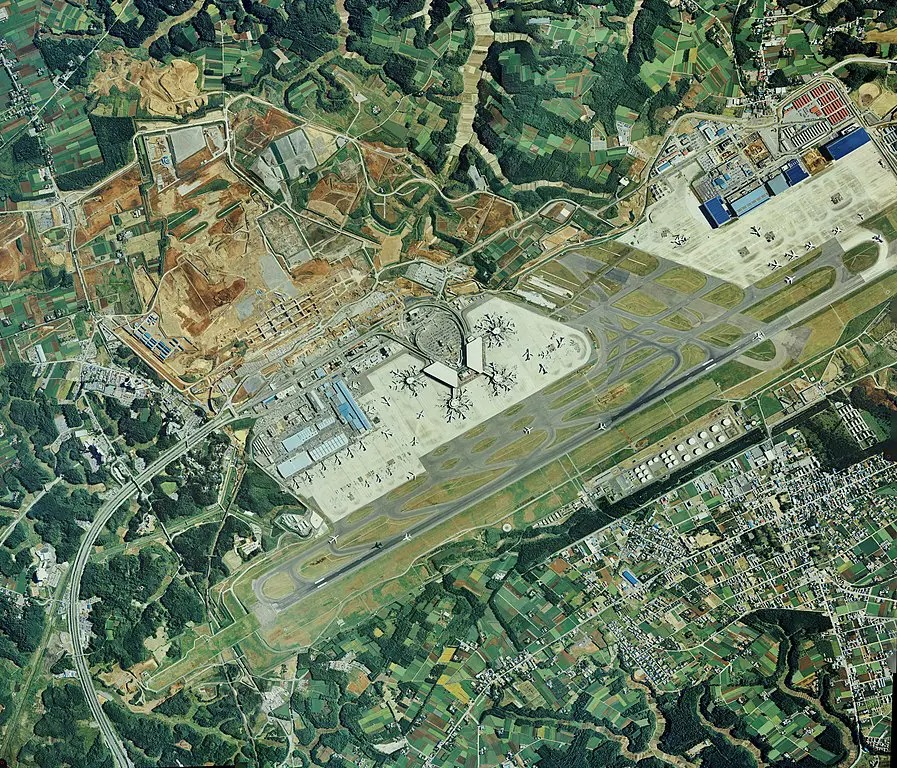
The construction of the airport led to violent clashes between the opposition groups, construction workers, and law enforcement officials, resulting in numerous arrests and fatalities. The opposition alliance organized disruptive protests, constructing various structures, barricades, and lookout towers on the farmland to impede the project’s progress.
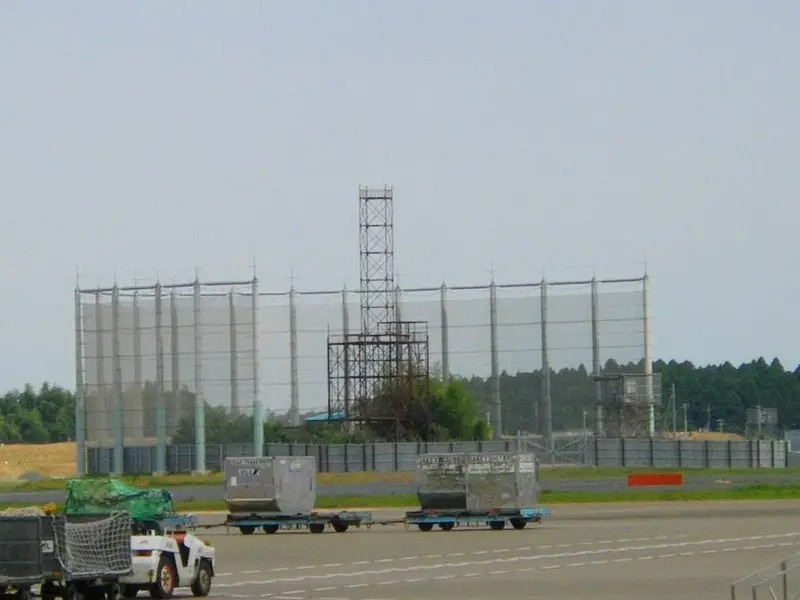
In 1972, they erected a 60-meter tower at the approach end of the primary runway to disrupt test flights. It wasn’t until 1977, just a year before the airport’s anticipated opening, that the Japanese government managed to gain control of the area and dismantle the tower. Since its inauguration in 1978, over 500 guerrilla actions have occurred against Narita airport.
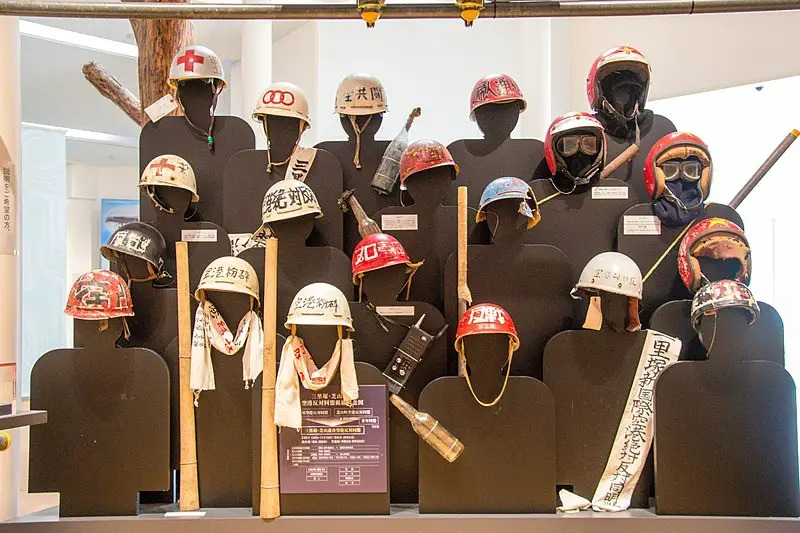
Today, five farms and accompanying residences remain situated between the taxiways and runways at the airport, and they continue to operate and sell their produce within the local community. A taxiway takes a winding path around them, and they are encompassed by other taxiways, airport structures, and the approach end of one of the runways.
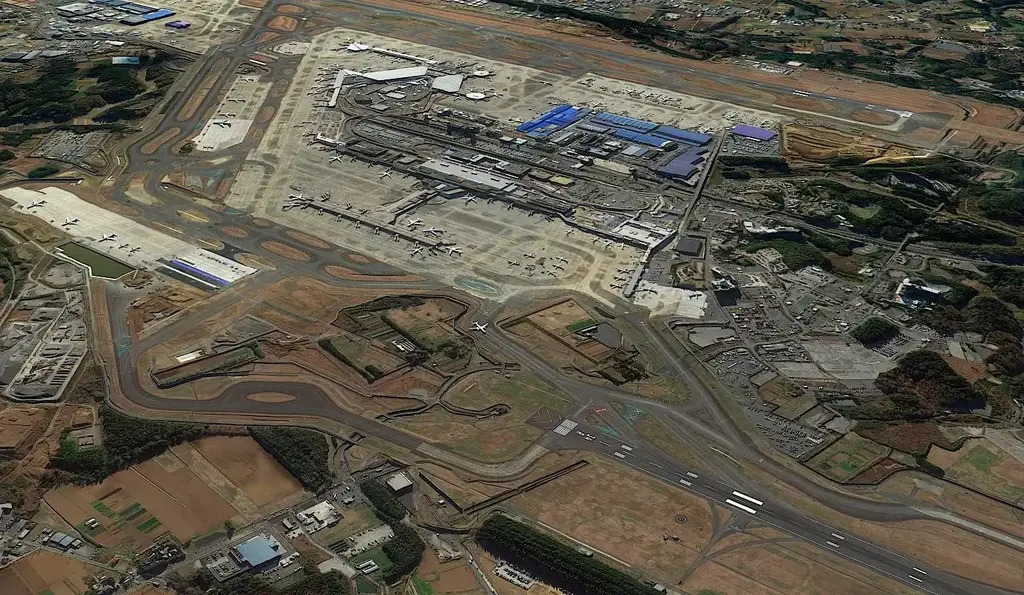
Only farmer Takao Shito still lives in his village that once had 28 inhabitants – he is the son of one of the men who refused to leave, despite having been offered more than $1.6 million to relinquish it. He instead chose to exercise his legal right to force the the airport authorities to construct around his farmland.
Shito, whose farm is located right in the middle of airport that sees 750,000 flights pass through it each year, produces up to 10 types of vegetables simultaneously, such as garlic, spring onions, and carrots. He is assisted by 10 volunteers, some of whom were former student protesters.
Despite his situation, the farmer remains resolute in his determination, stating to the BBC, “I’m not interested in money. I want to continue farming.”
“My soil is good because it’s been harvested for 100 years. Planting, harvesting and delivering vegetables to satisfied customers – nothing gives me greater joy,” he adds.
As Shito’s farmland offers ideal conditions for cultivating the vegetables that constitute his main source of income, he has no intention of relocating to less suitable land. Japanese legislation mandates that no individual can be compelled to relinquish their property, and it appears that this right is still being enforced even in the most extraordinary circumstances.
And the circumstances are indeed extraordinary. Working in such close proximity to the deafening engines of a jumbo jet, Shito does not often experience moments of peace and tranquility.
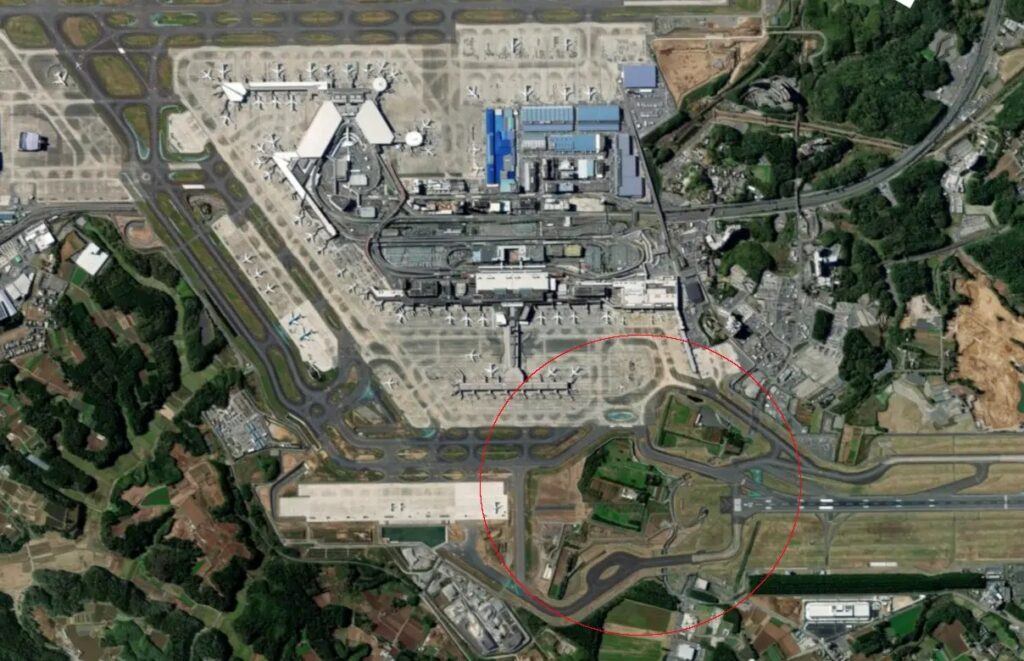
The COVID-19 pandemic made a difference though. Due to a notable reduction in the number of flights arriving and departing from the airport, Shito had a chance to farm without any undue disturbance from noise.
Despite ongoing efforts by the airport to evict him, Shito remains steadfast and determined, occasionally encountering confrontations with airport security personnel.
“Police or airport security. There are times I get stopped. They ask for my ID, even though they know who I am,” he told AFP. “This is my life.”
We can but admire Shito’s remarkable level of resilience.

Leave a Reply